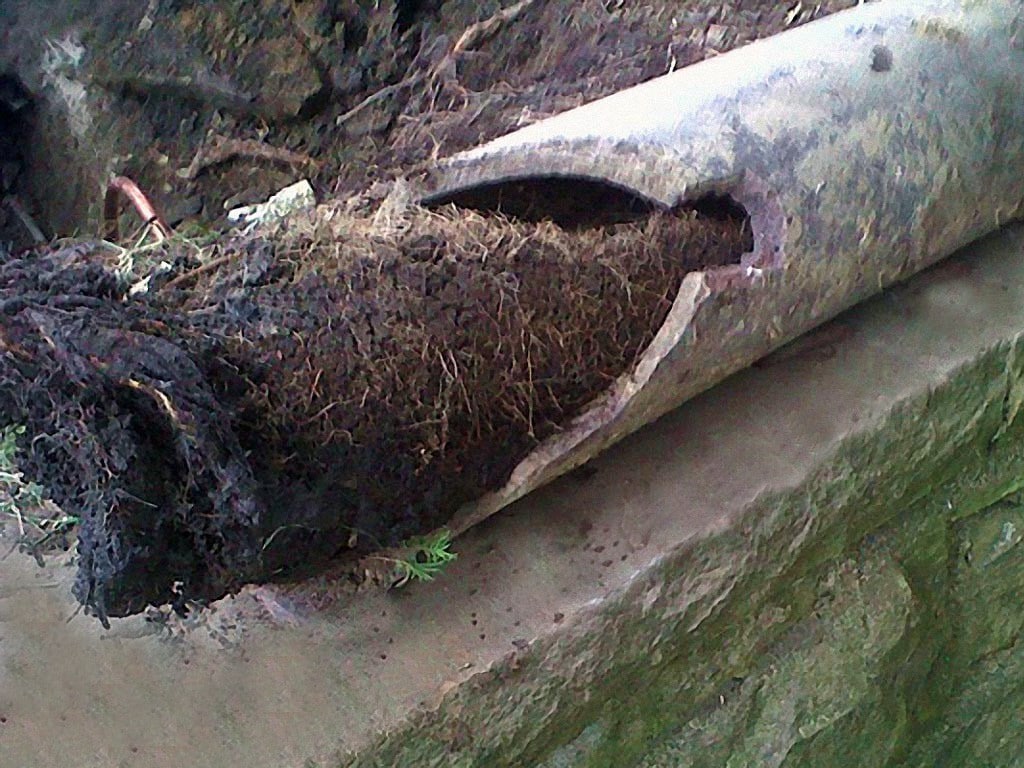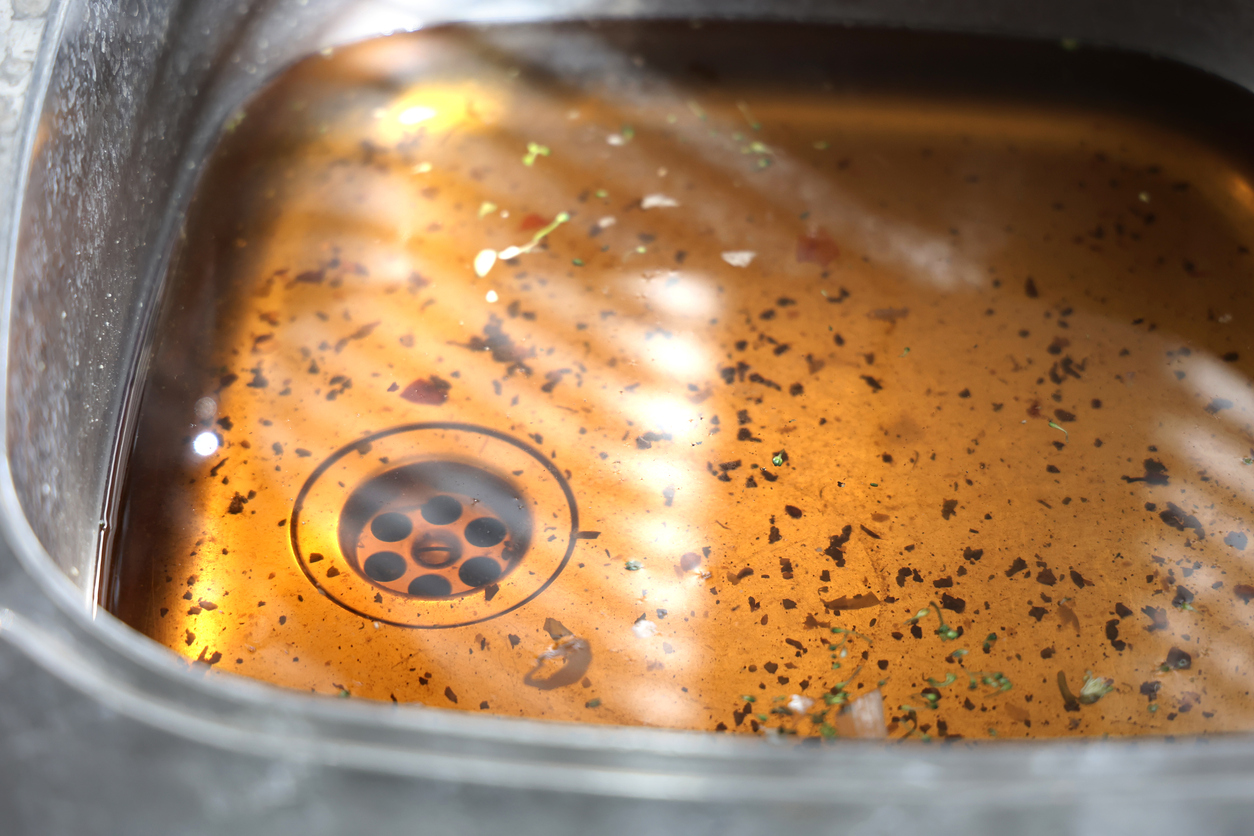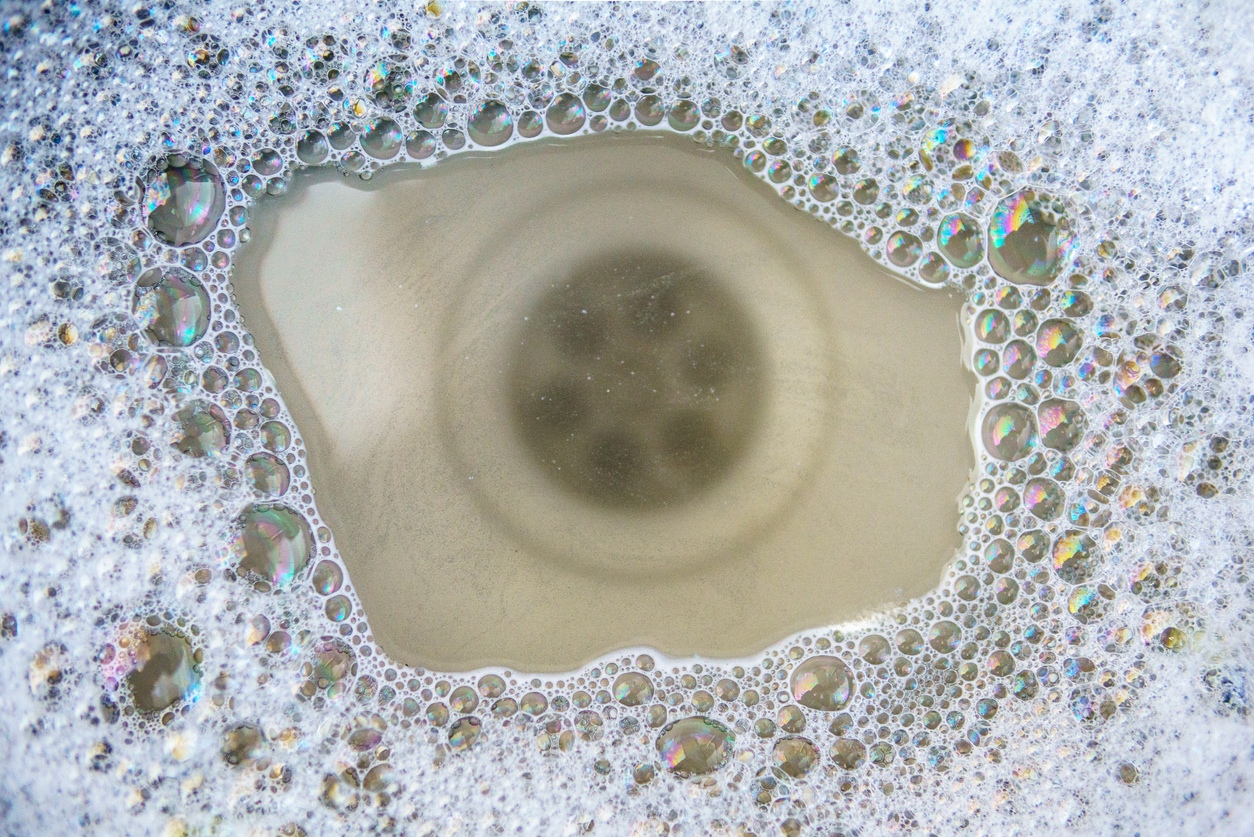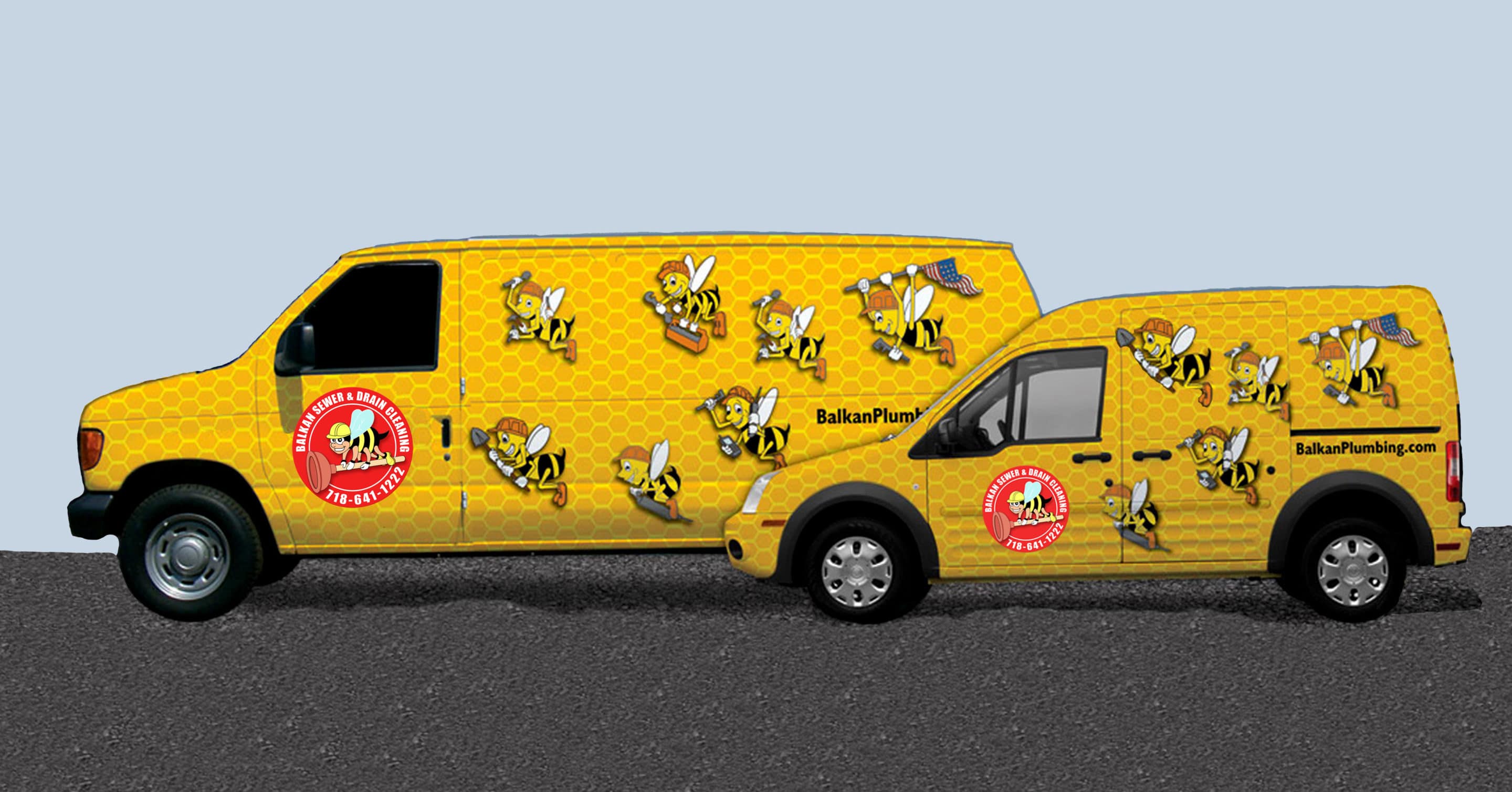Tree roots in sewer lines have various causes, but there are some sensible solutions. As you may know, there is nothing more unsanitary or messy than flushing your toilet only to have all the waste coming back up from whence it came. It doesn’t sound nice, but we have all been there.
Tree roots in sewer lines are not your ordinary drain clog
A clogged toilet is not uncommon; in most cases, the culprits are non-dissolved objects such as toilet paper, wipes, or hygiene products in the toilet. You can use a plunger or auger to tackle those items. Unfortunately, those are not the only possible causes of a clogged toilet or drain. Tree roots in sewer lines are an even worse issue. They are more difficult to detect and can be even more difficult to get rid of.
Tree roots in sewer lines – “It’s only natural”
Trees and shrubs require water and oxygen to grow. The growth rate is affected by many factors including water, minerals, temperature, soil conditions, and depth of the root structure. Roots can be divided into several major parts: permanent roots which provide stabilization or support, and small roots which absorb nutrients and water. Roots can extend to three or four times the height of the three. A very large old tree may have extensive root systems which reach hundreds of feet long.
During drought conditions, roots can travel long distances to find sources of water. A tree or shrub will search anywhere underground, including into a sewer line. If properly sealed and in good condition, a sewer line is not susceptible to root invasion. But a small crack or hole will allow moisture to escape from the pipe, or roots to penetrate.
Roots seek moisture and nutrients – and then they grow and expand
To provide nutrients and survive, the roots must try to get inside the pipe and find the source of the moisture. Once there are some small tree roots, known as hair roots, in the sewer line, more will grow to take advantage of the water supply. Roots will grow, increasing both length, width, and depth inside the line. If left untreated, the roots will eventually entirely block the flow of wastewater inside the pipe.
Roots will continue to grow and expand inside a sewer line. What started as a small crack or hole will become a much more serious problem. Pressure inside the pipes also increases from heavy root growth, potentially leading to a total collapse if not treated properly.
Clay Sewer Pipes Are the Most Susceptible To Root Infiltration
Frequently the only thing left to do is to have the pipes replaced. Certain pipes are more susceptible to root invasion than others. Clay tile pipe, known as vitrified clay, is relatively weak and easily penetrated by tree roots. In particular, the joints where clay pipe connects as a severe weak point. PVC and concrete pipe are vulnerable too, but they are at least stronger than their clay tile counterparts.
3 Great Tips to Prevent Tree Roots in Sewer Lines
It is almost impossible to have control of the growth of tree roots and the direction they expand, or the depth they reach. You can try to remove all trees from your lawn, but you cannot make sure that your neighbor’s, or publicly owned trees will not penetrate your sewer lines. Some viable prevention methods are as follows:
- Heavy-duty pipes:
You cannot control the trees indeed, but you can prevent cracks in the pipes. If you have quite a lot of trees on your property, using heavy-duty sewer pipes, particularly extra heavy cast iron, may help to prevent the problem. Tree roots in sewer lines can only happen whenever there is a crack in the pipe. PVC may be an acceptable alternative, but you must check the local plumbing code to ensure PVC is a legal material.
2. Chemical and Physical Barriers:
Physical and chemical barriers to prevent the growth of roots near the sewer pipes are available. Potassium hydroxide and copper sulfate are slow-release chemicals and commonly used in residential buildings. You can spread those chemicals near the sewer lines to prevent roots from reaching the pipes. Wood and metal are excellent barriers, too. However, attempting to place or bury objects to block tree roots may be a futile effort.
3. Sewer-safe trees:
If you do like trees, pay attention to where you plant them, and what type of trees you plant. If the tree is large and fast-growing, plant it far from the sewer line. If you have to plant trees all around the garden, choose small trees with small root balls. But more importantly, seek out trees that have shallow root structures. Trees with shallow root structures are much less likely to result in tree roots in sewer or drain lines.
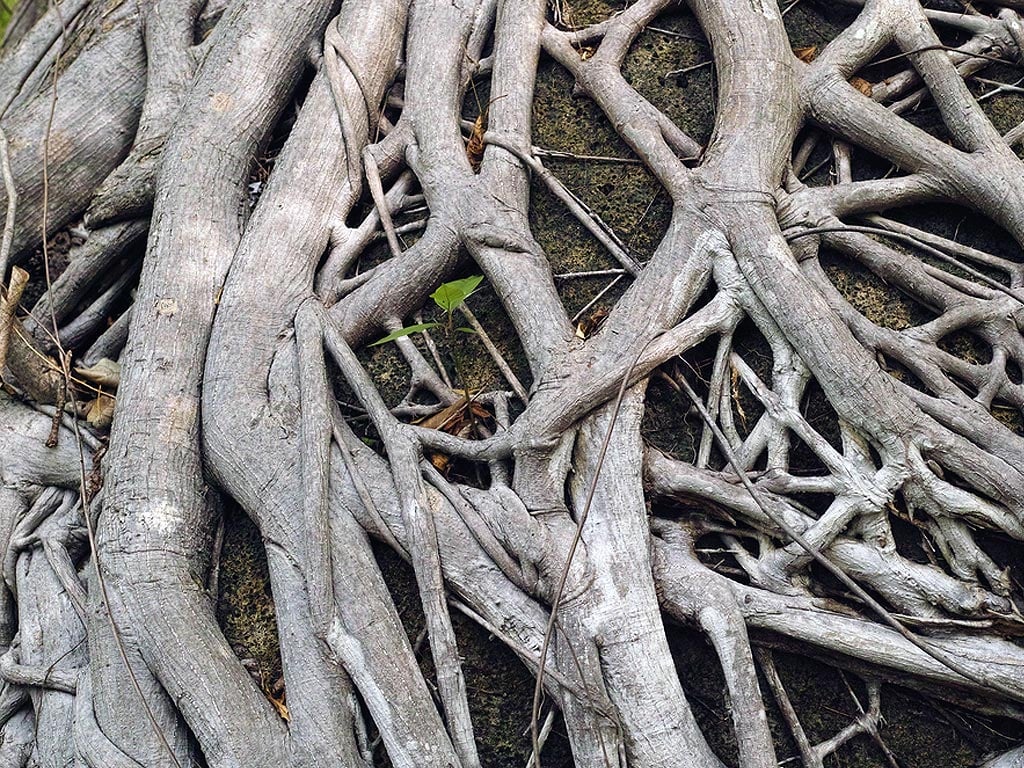
4 Tree roots in sewer lines solutions
Smaller parts of tree roots in sewer lines will not cause a full blockage, but the problem gets worse if you fail to recognize the signs. Gurgling noise from the toilet and slow-flowing drains are some of the first warnings; regardless of the culprits, obstructed water flow is always worth checking to avoid expensive repairs in the future. When you do find tree roots in sewer or drain lines, here are some things you can do:
1.Copper sulfate chemical treatment:
This chemical is poisonous, creating a dead zone in the soil. It is very effective in killing roots, but there are some consequences if improperly applied. Spreading it too close to the pipe potentially leads to corrosion which will cause further damage to the pipe. Also, direct exposure to a large dose of copper sulfate can cause health conditions including liver damage.
This chemical is not an environment-friendly one, but it is an excellent solution in this case. Please keep in mind that copper sulfate is not an instant solution, meaning it can take weeks before the roots are all killed. Even more importantly, follow the manufacturer’s directions explicitly when handling copper sulfate.
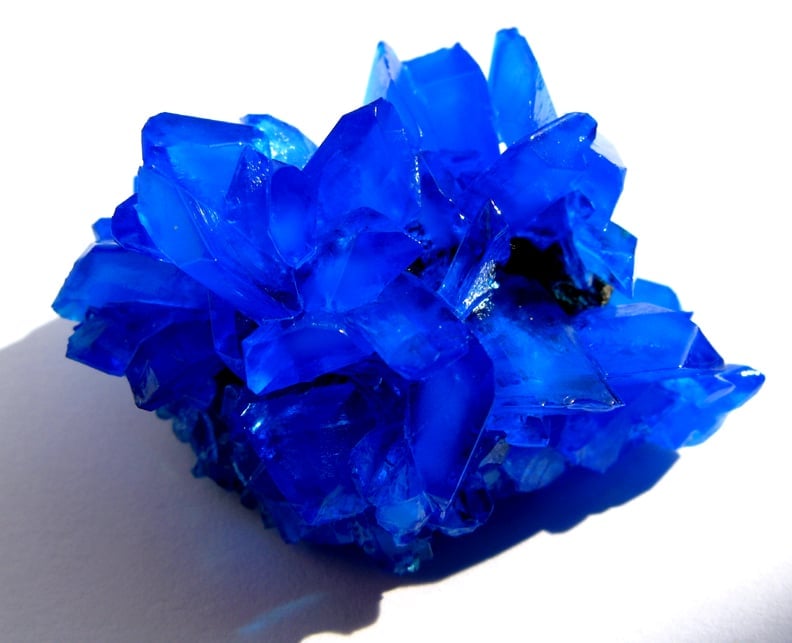
2. Mechanical cutting tool to remove tree roots in sewer lines:
A more straightforward solution is a mechanical auger – a professional drain cleaning machine. This tool has a rotating spiral head, or cutting blade, that can cut like a saw blade. Because the roots are cut, the sewer pipe will be filled with root debris from the process and may need to be flushed. When this is needed, it’s best to call a professional sewer cleaning service.
3. High Pressure Sewer Jetting / Hydro-jet:
A hydro-jet, also called a water jet, can send powerful flows of pressurized water to flush out stubborn obstructions, including tree roots in sewer lines. The water flows with around 4,000 psi, containing up to 18 gallons per minute. In the proper hands, and coupled with specialty bits, roots can be completely cut clean away using a water jet.
4. Sewer Spot Repair or Sewer pipe replacement:
The most obvious solution is to dig up the obstructed part of the pipe and replace it. This job requires professionals; to know the exact location of the roots inside the sewer line, professionals can run the sewer camera down the drain line. Once the exact position is determined, professionals can also check for other types of damage, and recommend the most appropriate sewer line repair accordingly.
Your Tree Roots In Sewer Lines Removal Expert
Dealing with tree roots in sewer lines correctly requires an expert. Tree roots in your sewer will eventually expand and completely encompass the inside of your drain pipes. That is why tree root intrusion needs immediate removal, treatment, and routine maintenance. Dealing properly with roots in your pipes can avoid a sewer line replacement, which typically costs thousands of dollars.
The Balkan Drain Team is the expert at removing tree roots in the sewer and drain lines as well and in all sorts of properties. no matter your sewer or drain question or issue, reach out to the Balkan Drain Team for a prompt and on-point response.


